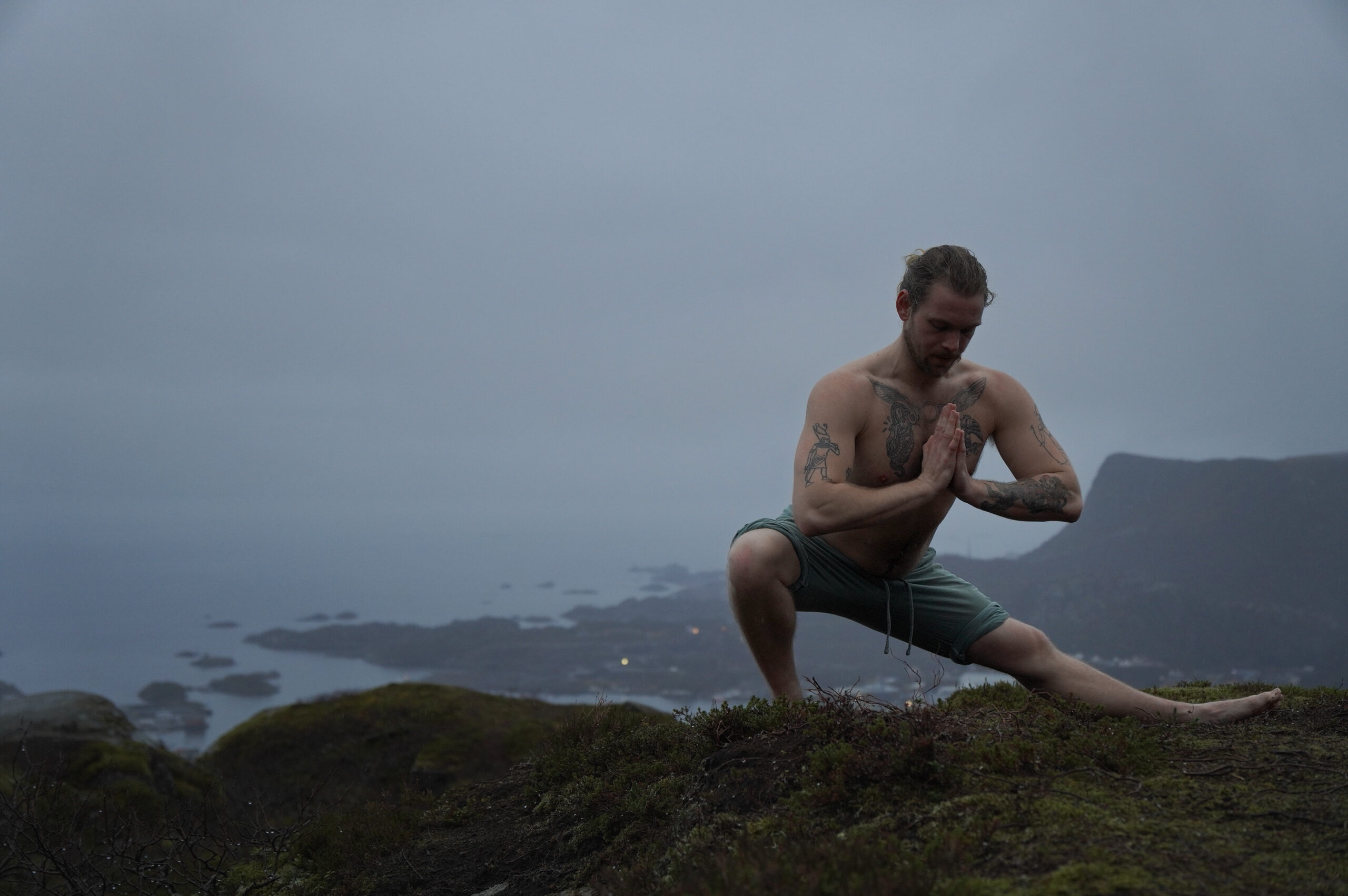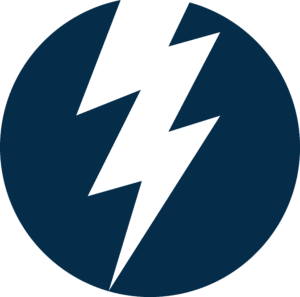
About Course
At this spring’s yogic basic training, we will explore the yogic path and science in depth. Yoga is not physical exercise. It is a journey inward, where we start with the body and then move layer by layer into ourselves until we reach the core. In classical Indian philosophy, this core is called brahman (ब्रह्मन्) and is described as the source, essence and unity of everything in the universe. The experience of union with brahman is called moksha (मोक्ष), where a person’s perspective and experience of themselves and reality changes so radically that suffering ceases. The word “yoga” means “union” and refers to this merging of the individual with the universe, or the divine.
Yoga is a gradual journey towards this goal. On the yogic journey, we work over time with the body, breath and mind so that our experience of ourselves changes. Most of us humans experience reality through our projections: past experiences, traumas and patterns continue to play out in our lives and the same mental patterns are recycled in the mind. We therefore don’t see reality as it is, but as we are.
These negative patterns, called samskara in yoga, are difficult to overcome. In the modern Western world, we are very mental: we live in our heads. Unfortunately, we often forget the other levels of us, such as the physical, emotional and spiritual. These dimensions are used very actively in the yogic science, which is one of the things that makes it so effective: we work with ourselves as a whole.
The yogic journey starts with the world around us and our relationship to it. In order to practice yoga, we need to follow certain precepts. These rules ensure that we have a harmonious relationship with ourselves and others, building self-confidence and mastery.
The next step is to start getting to know the body. When we work with the body in yogic science, the goal is not to get a flat stomach or a nice butt. The bodily work in yoga is about dissolving the tensions in the nervous system and muscles and getting to know the sensations in our bodies. It is very difficult to achieve a harmonious mind as long as the body carries stress, anger and fear.
After we have harmonized the physical body so that it works with us instead of against us, we begin to control the breath in pranayama. Pranayama is a series of different techniques where we use the breath as a bridge to the energetic body, putting the mind in a harmonious, stable state. Pranayama also has miraculous effects on both physical and mental health. You’ll learn five different techniques, so you can choose the one that best suits you.
Once we have stabilized the mind in pranayama, we turn our attention inward in pratyahara, which means “controlling the senses”. Pratyahara is the bridge between the bodily and non-bodily dimensions of yoga.
Through pratyahara we come to the real yoga: raja yoga, or “royal yoga”. This is where the inner journey begins in earnest, and we start with real meditation. This starts with dharana, or concentration, where we discipline the mind so that we control it, rather than it controlling us, which is unfortunately the case for many people. In yogic science, there are very specific techniques for this, as well as a selection of “antidotes” to common negative states of mind, such as insecurity, frustration and poor concentration. Here we will learn about the five classic mental obstacles, as well as the five traditional antidotes.
With the right technique and guidance, dharana, or concentration, will mature into dhyana, or “flow”. In dhyana, we stop controlling our thoughts and enter a completely different inner state than the one we are used to, where our experience of ourselves and reality really begins to change. We will initially be working with the first five dhyanic states, but there is a good chance that some of us may “fall” into the last three. The dhyanic states also have a very distinct effect on the body and mind, and it is in this segment that we really begin to change ourselves on a fundamental level and experience consciousness in completely new ways. The final weeks of the course will be used to ensure that students master the dhyanic states, and can enter and exit them on their own. This can be called “dhyanic surfing”, where we “ride” these different waves of higher consciousness. This surfing has a profound and lasting positive effect on us, which students will experience during the training.
The education is open to everyone, but it must be mentioned that this education will require systematic practice and that you physically attend classes as often as you can. In other words, students will have to invest some time and effort, but will probably get their investment back in the form of better health, a more harmonious inner life and a cooler reality.
The education runs over 8 weeks so that we have plenty of time to ensure that all new knowledge is well integrated before moving on to the next segment and the next stage of the inner journey. In addition to the physical classes, students will do daily homework, as well as being added to a group where they can share experiences and ask questions at any time. The classes will be recorded, so you can watch recordings of the ones you miss. The classes will take place at Zen House at Majorstuen from 1545-1715, every Wednesday from May 14.
Each class contains two parts: first, we will practice physical yoga to harmonize the body and review the curriculum. After this, we will learn a new segment and practice it together. At the end, we’ll discuss the practice, and students can get individual follow-up and discuss with each other. In addition, each week will include a Sanskrit glossary, with key terms from the yogic science that are important to understand.
For those who wish, it will be possible to take both a practical and a theoretical exam. The practical exam is a traditional yogic test, which tests what we call asana-siddhi, or total control of the physical body’s impulses. The theoretical test checks your knowledge of yogic theory, philosophy, tradition and practice.If both tests are passed, you will receive a certification that testifies to this and certifies you to teach basic hatha yoga and meditation. Please let us know early if you would like this!
Course Content
Week 1
-
-
Week 2
-
Week 3
-
Week 4
-
Week 5
-
Week 6
-
Week 7
-
Week 8
Student Ratings & Reviews


